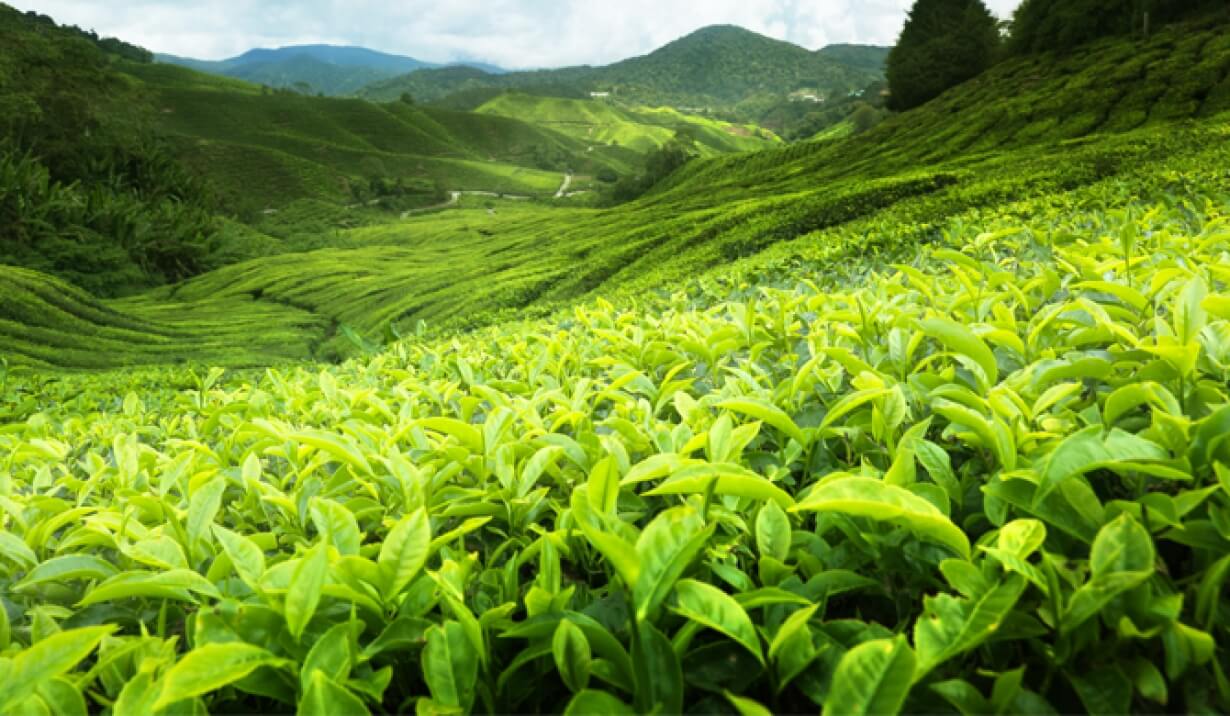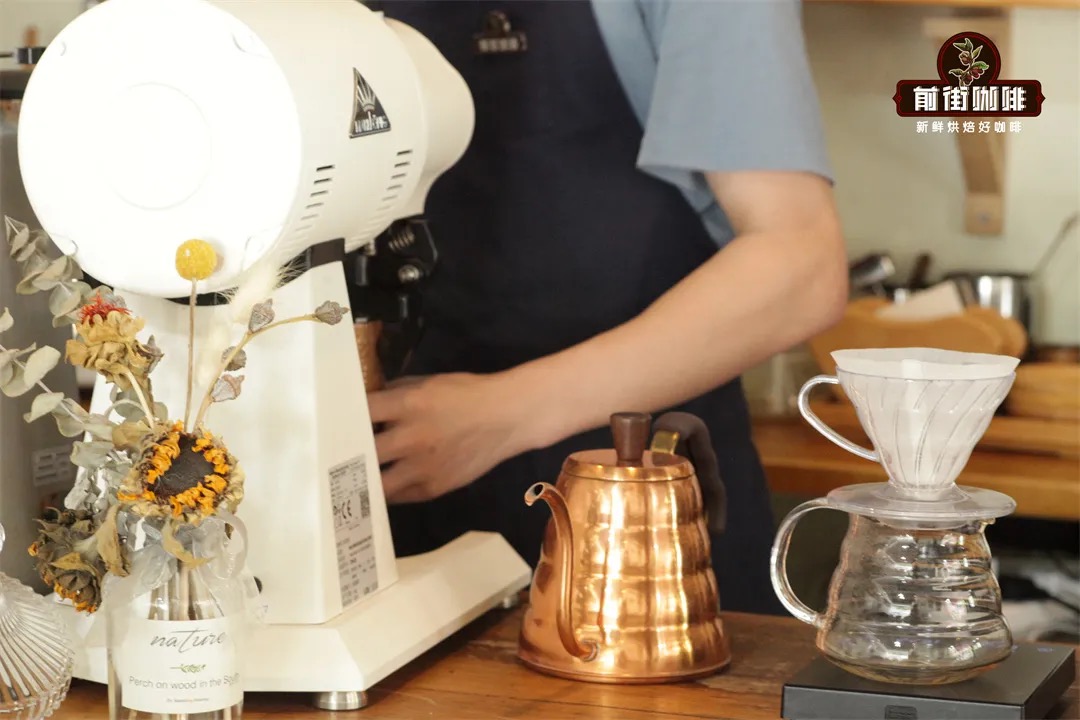The Origin and Development of British Black Tea what are the two best brands of black tea in Britain?
As early as 2000 BC, tea drinking has been widely developed, and each country integrates it into its own culture in its own unique way. On a global scale, tea has evolved from a simple drink to an inherent part of a sacred ritual and cultural structure.
The traditions of tea culture vary greatly, and each has its own unique characteristics. But what connects these global tea traditions is the love and respect that tea and its role in hospitality evoke.
Let's take a look at different tea cultures around the world. And how a humble cup of tea evolved to define tradition, cultural history, social interaction and hospitality.
The tea tradition of Sri Lanka
In 1867, the Scottish planter James Taylor (James Taylor) began growing tea in the Kanti region of Sri Lanka and later in Ceylon. The ideal climate, fertile soil and the idyllic hills of Condi ensured the prosperity and prosperity of Ceylon's first tea garden, leading to the vigorous development of tea plantations throughout the country. It is widely believed that "the father of Ceylon tea", the pure Ceylon black tea Orange Bai Hao produced in the region is named after the Scot.
Over the years, Ceylon tea has won a reputation as one of the best tea in the world, and Sri Lanka is one of the largest tea producers in the world. Ceylon tea is popular all over the world because of its single origin and mixed fruit. It is also used in a variety of mixed breakfast and Earl Grey Tea. Ceylon tea, like its tea culture, is rich, profound and rich. There are some unique single-source varieties and mixed fruit mixtures.
Moroccan tea tradition
Morocco came into contact with tea from China through trade and the Silk Road. Moroccan mint tea is often called Moroccan mint tea or Maghreb mint tea. It is a refreshing combination of mint and green tea. On special occasions such as weddings and engagements, vervain, rosebuds and cinnamon are added to the beer.
Traditionally, hot coffee adds a lot of sugar, and when welcoming guests, a cup of hot coffee is a habit. It is often poured from a considerable height into a delicate, beautifully decorated glass and eaten with a variety of fruits, pastries and nuts.
Guests will drink three cups of tea, each cup of tea is made in a different way, representing a different meaning. Each cup tastes different. The first cup represents life, with a gentle and soothing taste. The second cup represents love, it is very strong. The third cup represents death, with a slightly bitter aftertaste.
Refusing to drink a cup or any cup of tea is considered very rude, which is the essence of Moroccan hospitality.

Russian tea tradition
Because it takes a long time to reach Russia via China's Silk Road, tea, which once belonged almost exclusively to the wealthy elite, has become a deep-rooted part of Russian culture. Ironically, Russia's tea culture has become more democratic in times of economic downturn. In 1917, a very strong and concentrated Zavalka was prepared to cope with the shortage of drinks and food during the Russian Civil War. Zawaka tea, often referred to as Russian tea, is synonymous with a tall urn-shaped teapot.
A metal urn is used to boil water and a teapot is placed on it to brew black tea in bulk to extract the strongest possible flavor. However, this full-bodied, concentrated beer will not be served directly. Pour into the cup from the tea and dilute it with hot water.
Traditional Russian tea is black. However, milk, sugar and sometimes honey are provided to guests who are not familiar with this strong taste.
Zavarka almost always goes with cookies, cookies or sandwiches because eating without a companion is considered rude, and the beer is considered "naked".
English tea tradition
The English have a changeable but firm love for tea. Since the introduction of tea in the 17th century, the British have maintained a steady love for this brewing tea. After the Opium War, Britain's trade relations with China stagnated, and Britain began to export tea from India, Sri Lanka and Kenya. The British began to mix different kinds of colonial tea into breakfast. Earl Grey Tea and English mixed breakfast are the two most noteworthy and respected ones. Using a cup of tea to make the classic salty, starch and protein-rich English breakfast has become the norm and continues to this day.
Legend has it that Anna, the seventh Duchess of Bedford, asked for a meal at 4pm (in the hungry 1940s), when there were only two meals, a lunch and an 8pm dinner in the country, and the Duchess's request was seen as a luxury. Afternoon tea with scones, cakes and sandwiches became the symbol of the British aristocracy. However, with the passage of time, afternoon tea as we know it became more democratic and became a staple food for families. To this day, tea gardens and teahouses can be found in the English countryside, where people enjoy fine afternoon tea.
Important Notice :
前街咖啡 FrontStreet Coffee has moved to new addredd:
FrontStreet Coffee Address: 315,Donghua East Road,GuangZhou
Tel:020 38364473
- Prev

Entry-level coffee knowledge: novice hand brew coffee points suitable for rookie coffee filter cup recommendation
The emergence of hand-brewed coffee was originally intended to make coffee making easier ~ with the change of the times and the improvement of the quality of life, people more and more enjoy the process of making hand-brewed coffee and have more research and pursuit. The research is constantly innovative and everyone is constantly pursuing, so that there are a lot of misunderstandings that have trapped many small partners. One: coffee brewing techniques for brewing.
- Next

A comparison of the differences between Chinese Tea Culture and Japanese Tea Culture the basic knowledge of the introduction to Tea ceremony
According to Chinese tea tradition, Emperor Shennong discovered tea more than 5000 years ago, when dry tea fell into a pot of boiling water. He liked the taste and vitality of the mixture and commissioned the tea garden. In China, different dynasties rise and fall. Moreover, with each dynasty, the use and preparation of tea have changed and developed. The unity of the country has led to the transformation of tea from a kind mainly enjoyed by the upper class.
Related
- Beginners will see the "Coffee pull flower" guide!
- What is the difference between ice blog purified milk and ordinary milk coffee?
- Why is the Philippines the largest producer of crops in Liberia?
- For coffee extraction, should the fine powder be retained?
- How does extracted espresso fill pressed powder? How much strength does it take to press the powder?
- How to make jasmine cold extract coffee? Is the jasmine + latte good?
- Will this little toy really make the coffee taste better? How does Lily Drip affect coffee extraction?
- Will the action of slapping the filter cup also affect coffee extraction?
- What's the difference between powder-to-water ratio and powder-to-liquid ratio?
- What is the Ethiopian local species? What does it have to do with Heirloom native species?

